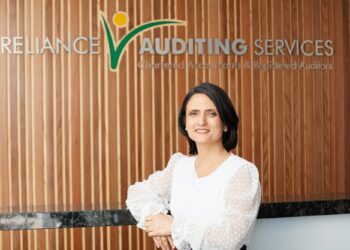In a recent online article, SMSF services provider SuperCentral explained that the government regulations prohibit SMSF trustees from using their super to invest in their other businesses or investment schemes, their family’s business structures or other investments where what they are doing is supporting the investment because of the relationship rather than adopting an independent and objective investment assessment.
“Assets controlled by people, companies or trusts that are ‘associates’ of the member are in-house assets,” SuperCentral said.
“The definition of ‘associate’ in the legislation is eye-wateringly complex and designed to throw the net as wide as possible to avoid the ability to side-step the rules. A super fund cannot invest more than 5 per cent per cent of its total value in ‘in-house assets’.”
The document provider explained that there are ways, however, that trustees can use their super to support their other investments.
It gave an example of Ted and Alice who have an SMSF.
“Their close friends, Roger and Diane, have a family trust. The two families are considering a property development where the super fund and the family trust provide the capital to buy the land and carry out the building work,” SuperCentral explained.
“The advice from their accountant is to use a unit trust as the vehicle for the development.”
SuperCentral warned that the trustees would need to be careful that the unit trust is not a related trust.
“The unit trust will be a related trust if the super fund controls the unit trust. The concept of ‘control’ is very strictly and broadly defined as well,” it explained.
If the super fund for example holds more than half of the units or has more than half the votes at unitholder meetings it will be said to control the unit trust.
“Alternatively if Roger is Ted’s business partner, then they’d be ‘associates’ and together would control the unit trust, again making the unit trust an in-house asset. The super fund could not then invest more than 5% of its worth in the unit trust,” SuperCentral explained.
The document provider noted that the government will allow an investment into what might otherwise be an in-house asset but prescribes the eligibility criteria in such a way as to try to ensure that the investment is as ‘safe’ as possible.
The rules are set out in Superannuation Regulation 13.22C and so naturally the trust is called a 13.22C trust, the article explained.
“A super fund can invest in a 13.22C trust like any other investment by the fund but qualifying as a 13.22C trust can be difficult for the parties involved and if at any time the unit trust fails to meet any of the qualifying criteria, it can never again be a 13.22C trust.”
“A 13.22C trust cannot operate a business, borrow money, mortgage its property, hold an interest in another entity, lease property to a related party (business real property excepted), loan money or acquire an asset from a related party and all of its dealings with other parties must be at arm’s length.”
A super fund wanting to partner with others in another legal entity to develop real estate or engage in some other investment, it said, must consider carefully whether that entity is an in-house asset and if so whether an alternate structure, including potentially a 13.22C trust, is necessary for the fund to remain compliant with the law and avoid the allegation of back-door benefits.


